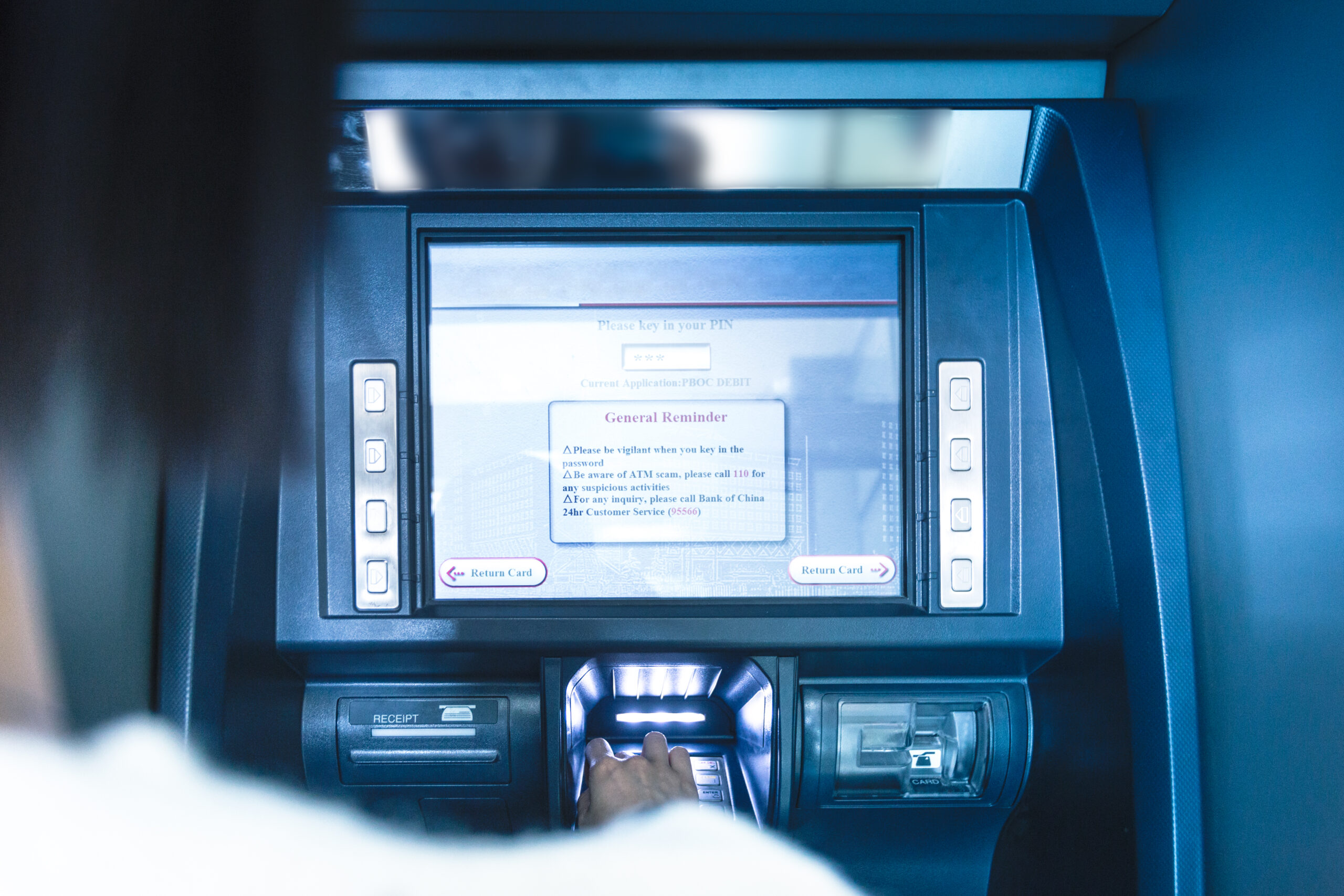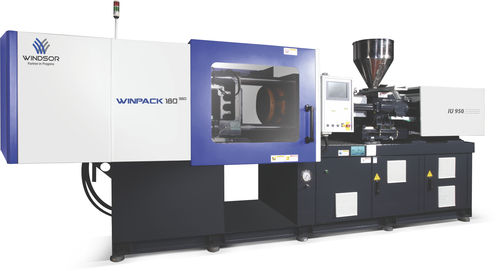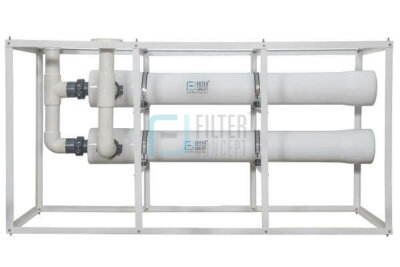Understanding ATM Processing: A Comprehensive Guide

Automated Teller Machines (ATMs) have become an integral part of our daily lives, providing convenient access to cash and various banking services. Behind the scenes, a complex process known as ATM processing ensures the seamless functioning of these ubiquitous machines. In this article, we’ll delve into the intricacies of atm processing, exploring the key components, functions, and the technology that powers these financial lifelines.
ATM Basics:
Before we delve into the processing aspect, let’s establish a fundamental understanding of what an ATM is. An Automated Teller Machine is an electronic banking outlet that allows customers to perform various financial transactions without the need for human intervention. These transactions include cash withdrawals, balance inquiries, fund transfers, and sometimes even bill payments.
ATM Components:
An ATM comprises several key components that work in tandem to provide users with a seamless banking experience. These components include:
a. Card Reader:
The card reader is the entry point for users. It reads the information stored on the magnetic stripe or chip of the ATM card, allowing the machine to identify the user’s account.
b. Keypad:
The keypad enables users to input their Personal Identification Number (PIN) securely. It is a crucial element for user authentication.
c. Dispenser:
This component dispenses cash to users after verifying their identity and transaction details.
d. Screen and Function Buttons:
The screen displays transaction options, and function buttons help users navigate through the available services.
e. Cash Deposit Slot:
In addition to withdrawals, some ATMs allow users to deposit cash directly into their accounts.
f. Receipt Printer:
After completing a transaction, the ATM prints a receipt detailing the transaction for the user’s records.
g. Communication Module:
ATMs are connected to banks’ networks through communication modules, typically using secure protocols to transmit data.
ATM Processing Workflow:
The ATM processing workflow is a series of steps that occur when a user initiates a transaction. Understanding this workflow is crucial to grasp how an ATM seamlessly executes transactions. The typical steps include:
a. Card Authentication:
When a user inserts their card, the ATM reads the card’s information, verifying its authenticity.
b. PIN Verification:
The user inputs their PIN, and the ATM checks its validity. Incorrect PIN entries may lead to the termination of the transaction.
c. Transaction Request:
After successful authentication, the ATM sends a transaction request to the bank’s host computer, seeking approval for the requested service.
d. Authorization:
The bank’s host computer reviews the transaction request, checking for available funds and ensuring the user’s account is in good standing. If approved, an authorization code is generated.
e. Dispensing Cash or Completing Transaction:
With the authorization code in hand, the ATM dispenses cash or completes the requested transaction. Simultaneously, the bank deducts the amount from the user’s account.
f. Receipt Printing:
The ATM prints a receipt detailing the transaction, including the date, time, location, and remaining balance.
g. Transaction Log Update:
The ATM updates its transaction log, and the bank’s host computer records the transaction in the user’s account.
ATM Networks and Interoperability:
ATMs are often part of vast networks that allow users to access their accounts from different machines, regardless of the bank owning the ATM. These networks, such as Visa, Mastercard, or proprietary bank networks, facilitate interoperability, ensuring a seamless user experience. Interbank transactions involve communication between the ATM’s bank and the user’s bank, showcasing the interconnected nature of ATM networks.
Security Measures:
Given the sensitive nature of financial transactions, ATMs are equipped with robust security measures to protect users and their accounts. Encryption technologies safeguard data during transmission, and secure authentication protocols prevent unauthorized access. Additionally, physical security features, such as cameras and anti-skimming devices, help deter fraudulent activities at ATMs.
ATM Maintenance:
Regular maintenance is essential to keep ATMs in optimal working condition. This includes software updates, hardware inspections, and security checks. Maintenance teams also replenish cash reserves and replace worn-out components to prevent service disruptions and ensure user satisfaction.
Future Trends and Innovations:
As technology evolves, so do ATMs. The future of ATM processing may witness innovations such as biometric authentication, contactless transactions, and enhanced artificial intelligence capabilities. These advancements aim to improve security, increase transaction speed, and offer a more personalized user experience.
Conclusion:
ATM processing is a complex yet efficient system that plays a pivotal role in modern banking. Understanding the intricate details of how ATMs work enhances our appreciation for the technology that facilitates seamless financial transactions. As we continue to embrace technological advancements, the future holds exciting possibilities for ATM processing, ensuring that these ubiquitous machines remain a cornerstone of convenient banking services.





